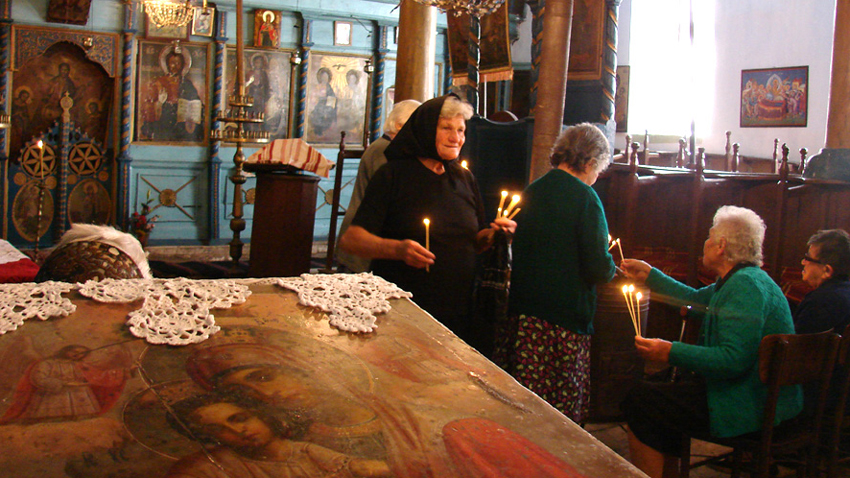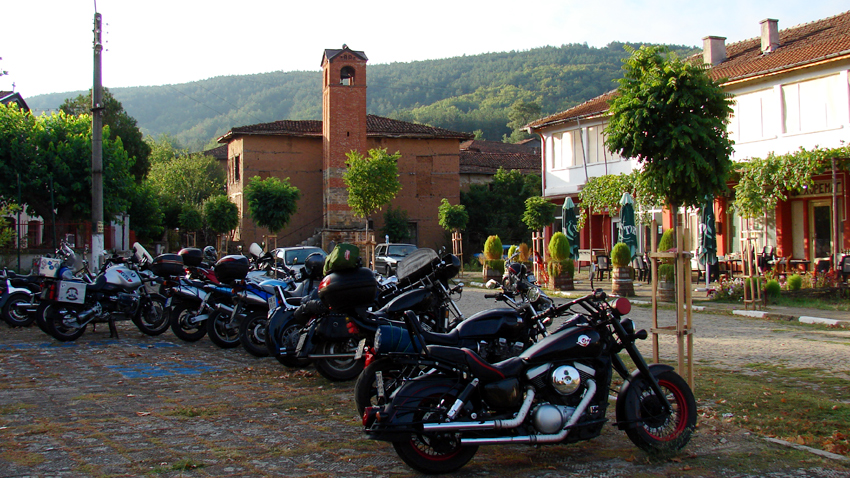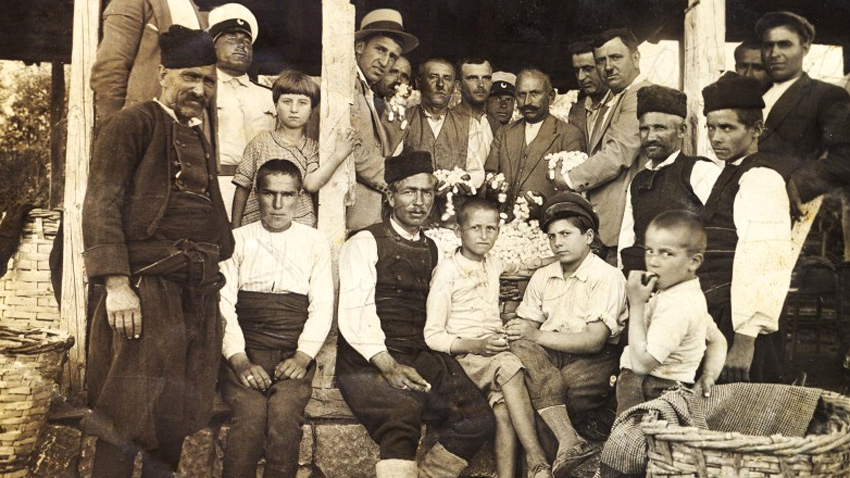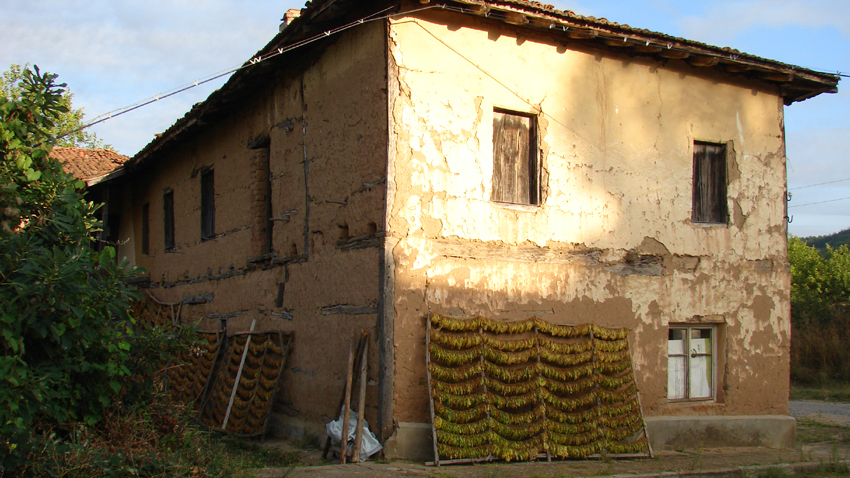 6
6
The only authentic Albanian village in Bulgaria is situated at the Bulgaria-Greece border, in the far-eastern corner of the Rhodope Mountains.
Each Sunday the village of Mandritsa wakes up with the toll of the local St Demetrius Church bells. The village does not have a priest anymore and Granny Sultana is the one who tolls the church bell. Each Sunday morning she opens the temple to meet the elderly women from the village. They light candles and pray for good health.

Several days ago the people from the village of Mandritsa were extremely excited, because a large group of bikers slept over their village on their way to Greece. The roar of their motorcycles brought the people from Mandritsta back in time when all three-story adobe houses were inhabited and children from the neighboring villages used to study in the local school.

Maria Stoencheva told Radio Bulgaria a legend about the founding of the village:
“The village was founded back in 1636 by three brothers who worked as animal breeders and came from Albania. The legend has it that they used to supply the Turkish army with meat and dairy products on their way to Edirne. As a sign of gratitude the Turkish Pasha allowed them to choose a place to live in. When the three brothers settled in today’s Mandritsa ( meaning small dairy farm), they built a dairy farm and started to sell their produce in the neighboring villages. That was how the name of the village was born. The local population studied sericulture and started to plant mulberry gardens.”

The three-story adobe houses were built for the purpose of silkworm-breeding and Mandritsa was among the Bulgarian villages with highest output in that sector. The local people also planted tobacco and were engaged with various local crafts. There was a leather factory, a barrel factory, a factory for ground baked sesame seed, a bel foundry, etc.

Traditionally, the local men married women from the neighboring villages and the population of Mandritsa quickly rose to 3,500 people. The newcomers had to learn Albanian quickly. Four hundred years later the local population still uses that archaic language form. It was preserved for the future generations in the recently published phrase-book with the local Albanian dialect created by teacher Maria Georgieva-Peeva.
Once, weddings lasted for three days, Maria Stoencheva recalled and added:
“The weddings used to start on Friday with a ritual when grooms were shaved. On Saturdays the wedding guests were welcomed by the families and the dowry was brought to the bride on Sundays. The weddings were magnificent. People used to dance the local chain dances and form three circles while dancing. On Easter there was a Viennese Wheel in the village and the children used to pay with coins and red Easter eggs for their ride. On Cheese-Fare Sunday we used to make a carnival which crossed the whole village. People were giving out whatever they had and later everyone took part in the chain dance. ”

In 2010 the local young people founded the Association for Revival of the Village of Mandritsa. Their goal was to urge people to buy properties in their village. They popularized their activity with an annual calendar of local events (fair, children’s holiday, family meetings, etc.) They rely on tourism a lot and try to get rid of the cliché Rural Tourism. The Chairman of the association Ivailo Petrov brought Radio Bulgaria more details?

“The village can develop historical and cultural tourism successfully. There are some old churches and remains of Roman fortresses in the region, as well and in the village of Mandritsa itself. The ancient Villa Armira is situated only eighteen kilometers away from the village. It is among the most popular tourist sites in Bulgaria. There is a great diversity of birds and plant species in the region and the climate is perfect for holidays and recreation. The village is situated between two rivers and is perfect for fishing. Mandritsa was also included in a series of bicycle routes. People can see landmarks dating back to the 18th century in the village. The old school, built in Greek style architecture and the so-called Doctor’s House are relatively well-preserved."

The house was once home of gynecologist Atanas Peykidis who decided to build his medical center in the village of Mandritsa. In five years only two hotels were built on the territory of Mandritsa - a family hotel and an eco-complex made of certified adobe bricks. In other words we created wonderful conditions for family holidays.
The elderly women of Mandritsa accompanied us to the local bus stop with smiles, homemade wine, honey and fig jam and told us to come back again. One of the grannies said: The Whole World is Welcomme to Visit Mandritsa!
English version: Kostadin Atanasov
Photos: Maria Peeva and mandritsa.comSt. Valentine's Day is the most long-awaited holiday for lovers and the Bulgarians have a special advantage as we can combine it with Trifon Zarezan- the holiday of wine. And when there is wine, there is love. This wonderful symbiosis..
Bulgaria’s Minister of Tourism Miroslav Borshosh held a working meeting in Brussels with Glenn Fogel, Chief Executive Officer and President of Booking Holdings. The meeting took place during Destination Europe Summit organized by the European Travel..
The flow of visitors to the Bulgarian stand at the 28th East Mediterranean International Tourism & Travel Exhibition EMITT does not stop. The exhibition is held until February 7 in Istanbul and is among the five largest tourism..

+359 2 9336 661
